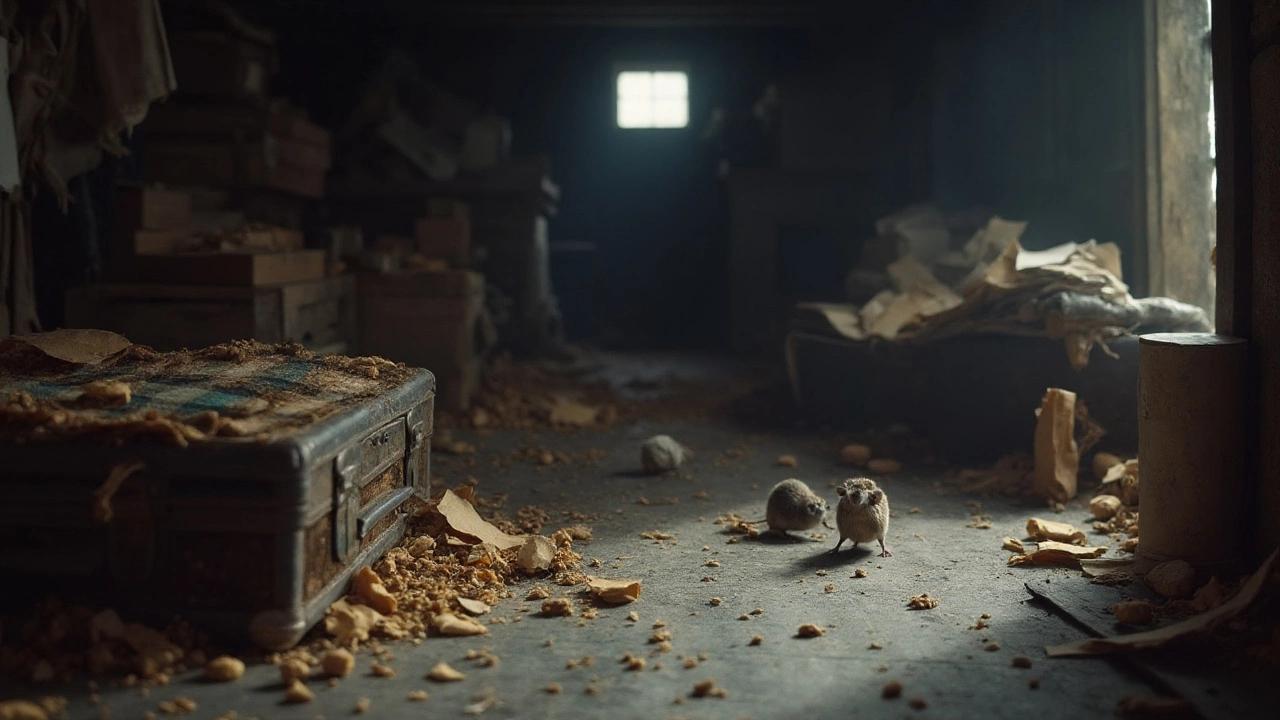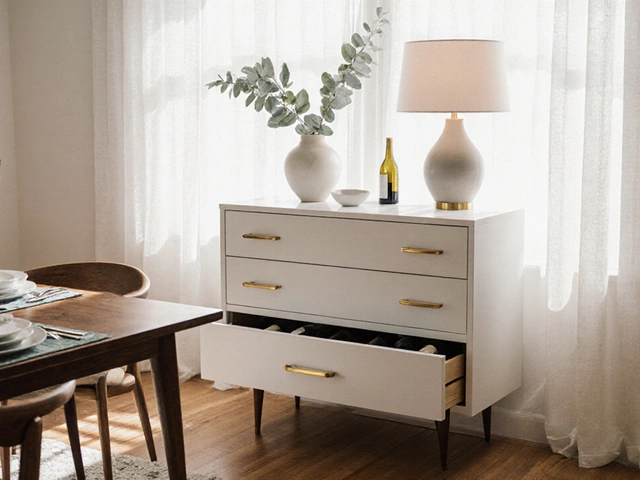Mice Damage in Storage: Spot It, Stop It, Fix It
Got a spare room or a garden shed you use for storage? If you’ve ever found gnawed cardboard or tiny droppings, you’re probably dealing with mice. Those little critters can chew through boxes, wiring, and even food, leaving a mess and costly damage. The good news is you can catch the problem early and take easy steps to protect what you store.
Common Signs of Mice Damage
The first thing to look for is gnaw marks. Mice love to chew on soft material—cardboard, paper, even plastic. If you see ragged edges or holes that look like a tiny bite, that’s a red flag. Next, check for droppings. They’re dark, about the size of a grain of rice, and often pile up in corners or hidden spots. A strong, musky odor can also mean they’re nesting nearby.
Don’t forget to inspect wiring and insulation. Mice chew to keep their teeth sharp, and they’ll nibble on electrical cords if they’re close enough. Look for frayed wires or chewed insulation, especially around outlets and light fixtures. Finally, listen for scratching sounds at night. Mice are most active after dark, so a faint scurry in the walls is a clue you’ve got a problem.
Practical Prevention and Repair Tips
Start by sealing entry points. Mice can squeeze through gaps as small as a quarter inch, so use steel wool, caulk, or weather stripping to block holes around pipes, vents, and doors. Check the foundation and make sure the ground slopes away from the building—water pooling can attract rodents.
Organise storage smartly. Keep items off the floor and away from walls by using shelving. Store food in airtight containers; the less scent, the less interest from mice. When you bring new boxes inside, give them a quick shake to dislodge any hidden pests.
If you already see damage, act fast. Remove gnawed items and toss any contaminated food. For chewed wiring, turn off the power and call an electrician to replace the damaged sections—this prevents fire hazards.
Set traps or use bait stations in corners where you’ve seen activity. Snap traps are cheap and effective; just place them along walls, not in the middle of the room. Check them daily and dispose of any catch responsibly.
Finally, keep the area clean. Sweep up crumbs, vacuum regularly, and take out trash often. Mice thrive in clutter, so a tidy space discourages them from setting up camp.
By watching for signs, sealing off entryways, and keeping storage organized, you can stop mice from ruining your belongings. A little effort now saves you from bigger repairs later, and you’ll keep your stored items safe and sound.






